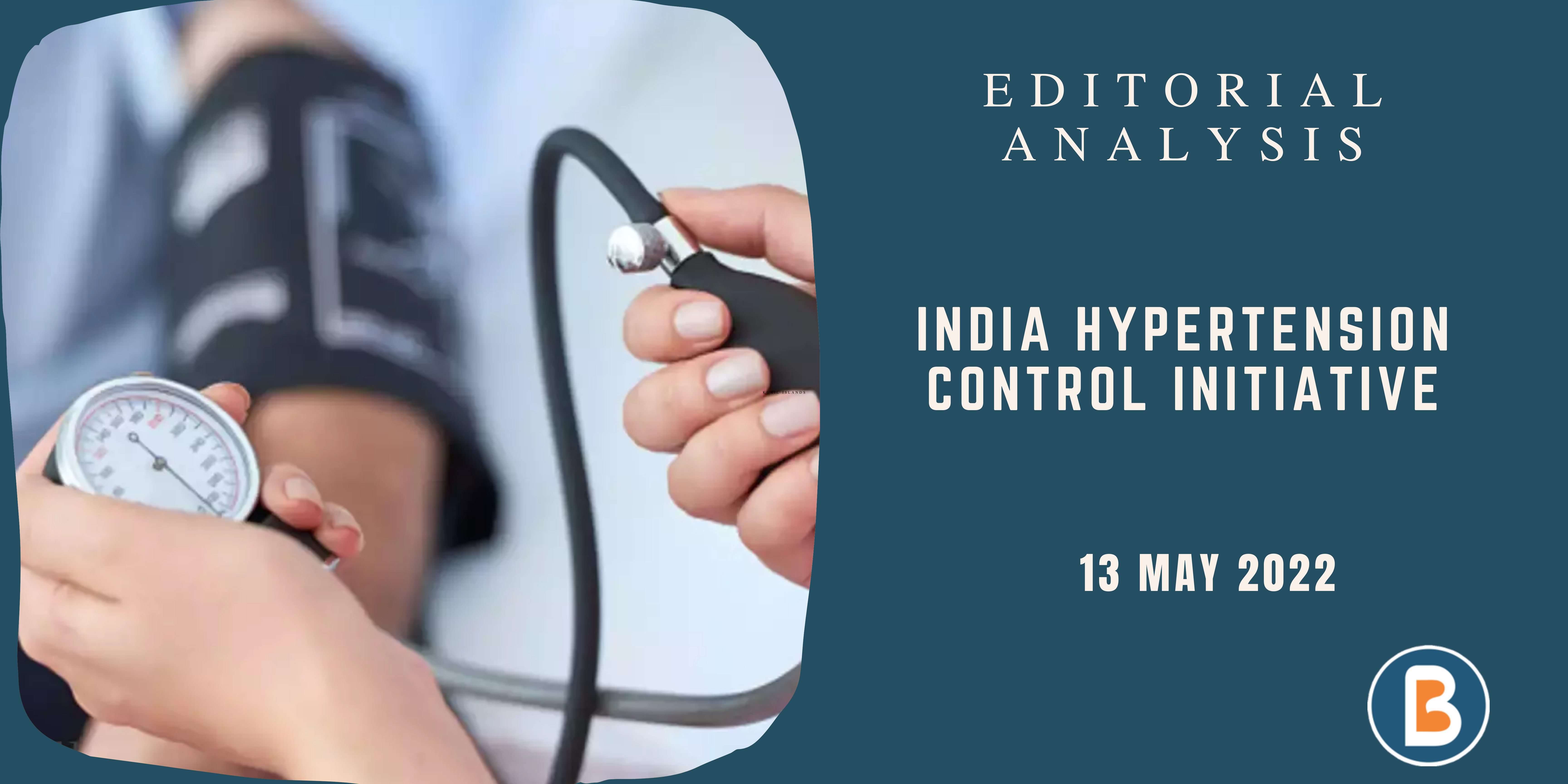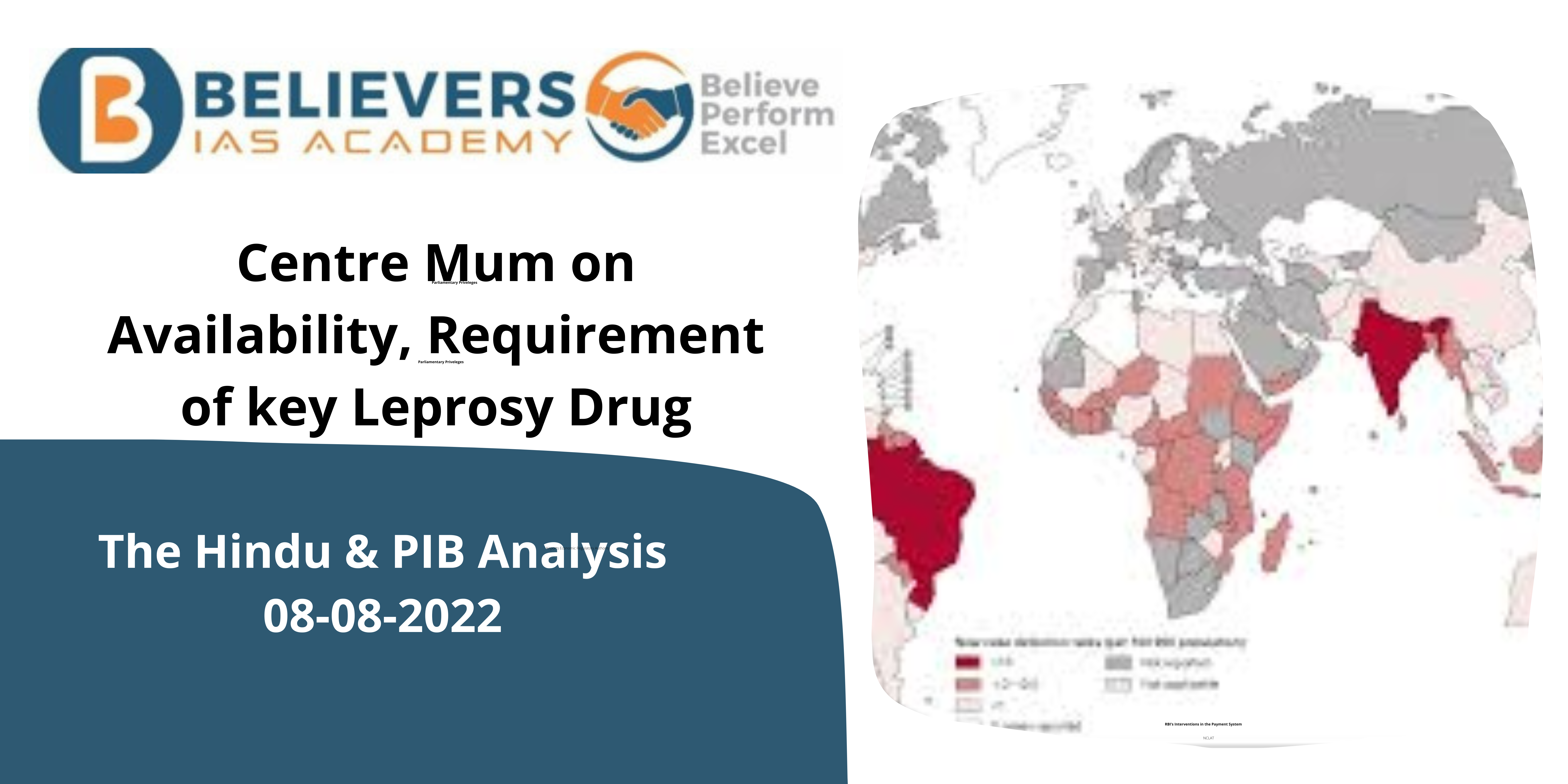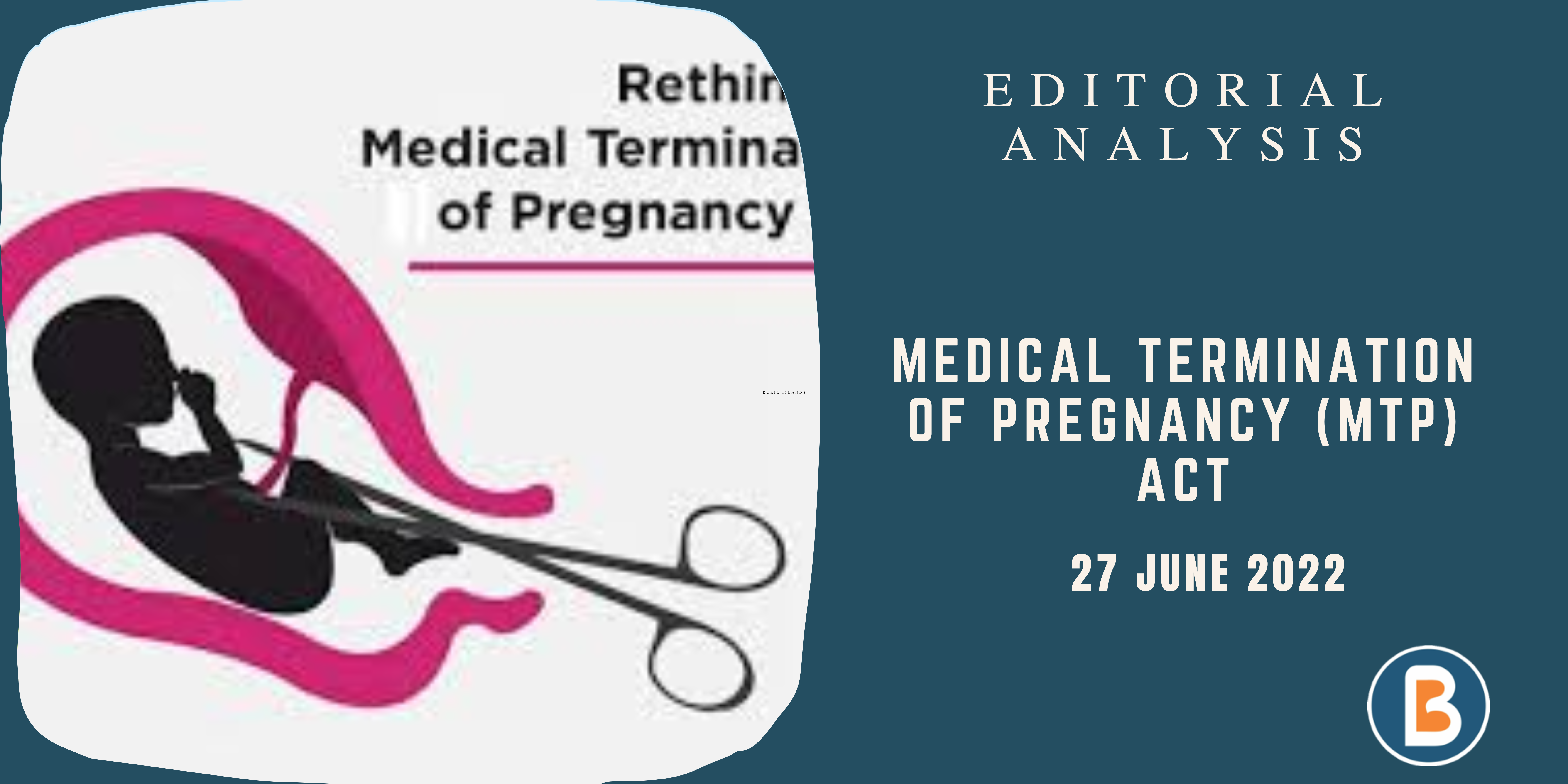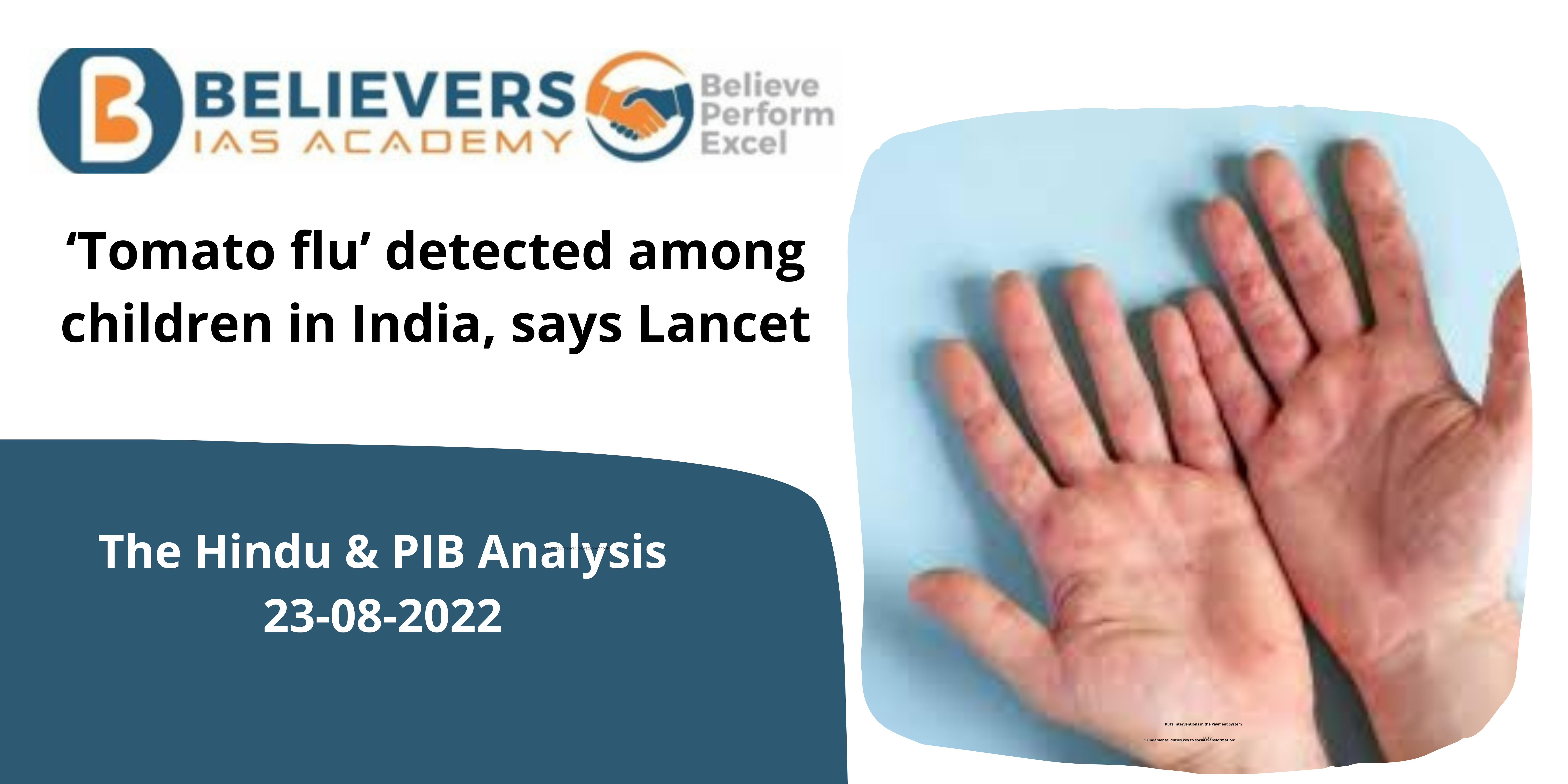India Hypertension Control Initiative
Context:
- A project called the India Hypertension Control Initiative (IHCI) finds that nearly 23% out of 2.1 million Indians have uncontrolled blood pressure.
Background:
- Recognising that hypertension is a severe and growing public health problem in India, the Health Ministry, the Indian Council of Medical Research, state governments, and WHO-India launched a five-year project to track and treat hypertension.
- Hypertension is described as having a systolic blood pressure of greater than or equal to 140 mmHg or a diastolic blood pressure of greater than or equal to 90 mmHg, as well as requiring anti-hypertensive medication to lower blood pressure.
- India has committed to a “25 by 25” goal, which aims to reduce premature mortality due to non-communicable diseases (NCDs) by 25% by 2025.
- One of the nine voluntary targets includes reducing the prevalence of high blood pressure by 25% by 2025.

About:
- The most significant finding thus far is that over a quarter of patients in the programme (23%) had uncontrolled blood pressure, and 27% did not return for a follow-up in the first quarter of 2021.
- In India, an estimated 20 crore persons suffer from hypertension. To meet India’s goal of a 25% reduction in the prevalence of high blood pressure by 2025, an additional 4.5 crore persons with hypertension will need to get their blood pressure under control.
- 4 lakh patients were receiving care between April 2020 and March 2021, out of a million patients registered in five phase I and three phase II states through December 2020.
- During the most recent visit in the first quarter of 2021, nearly half of the registered patients under care (47%) had blood pressure under control.
- With at least one-month refills for major blood pressure medicines, drug availability improved in all phase I states.
- Punjab, Madhya Pradesh, and Telangana have protocol medicine stocks for nearly six months. In May 2021, Kerala has only one month’s supply and Maharashtra had two months’ supply.
- Drug availability was a problem in most phase II states, and the procurement procedure took about a year from start to finish.
- In numerous health facilities, there were insufficient verified high-quality digital blood pressure monitors, affecting the accuracy of hypertension diagnosis. Except in Telangana and Maharashtra, dedicated nurses were in short supply in phase I states.
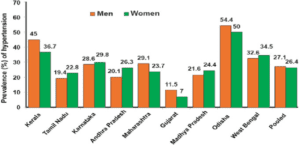
Prevalence:
- According to the most recent edition of the National Family Health Survey, Southern states have a greater prevalence of hypertension than the national average. While hypertension affects 21.3 percent of women and 24 percent of men over the age of 15, the prevalence is highest in Kerala, where 32.8 percent of men and 30.9 percent of women have been diagnosed.
- Kerala is followed by Telangana, where men have a frequency of 31.4 percent and women have a prevalence of 26.1 percent.
- Hypertension affects about one-fourth of women and men aged 40 to 49. Hypertension affects one out of every eight women and one out of every five males aged 30 to 39 years.
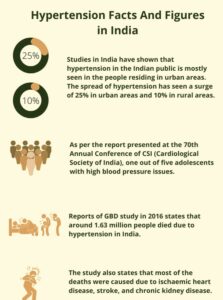
Source: THE HINDU.
For more update, click here to join our telegram channel

